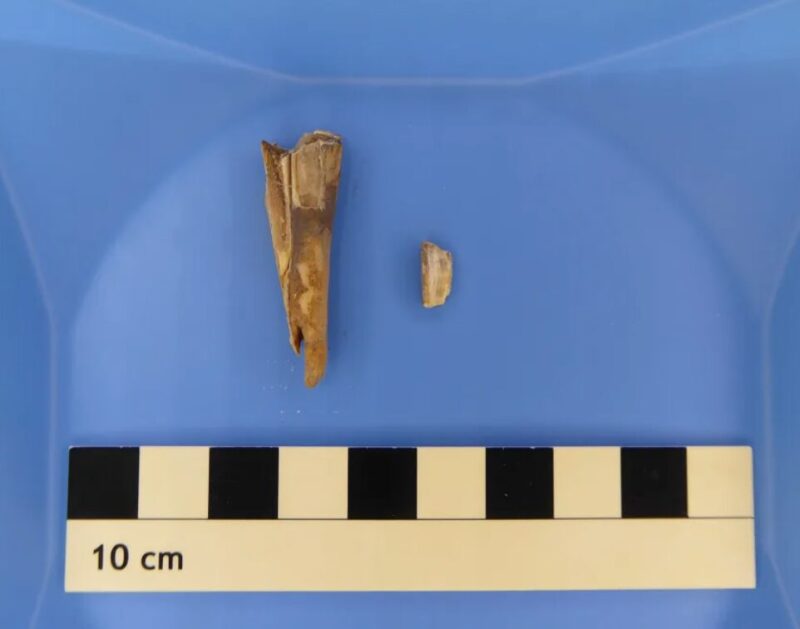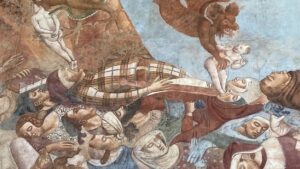A new breakthrough suggests that sheep and other livestock played a prominent role in the spread of an ancient plague across Eurasia thousands of years before the famed Black Death. For the first time, scientists have found genetic signs of Yersinia pestis, the notorious plague-causing bacterium, in the remains of a Bronze Age domestic sheep.
Until now, researchers have only found this prehistoric plague in ancient humans. The big mystery has always been how humans caught the disease. The more modern, 14th-century Black Death was most commonly transmitted by fleas living on rats. However, this earlier strain couldn’t be spread by fleas. So how did the disease become so prevalent 5,000 years ago?

Excavations on the Eurasian Steppe. Photo; Taylor Hermes
A devastating plague
The disease-causing bacterium has been identified in human remains dating between 5,000 and 2,000 years old across a 6,000km stretch from Europe to Mongolia. As in 14th-century Europe, the disease was devastating. Twenty percent of the bodies in cemeteries across the Eurasian Steppe show signs of this bacterium. We knew that the bacteria are zoonotic (spread between humans and animals), but which animals were originally involved?
Archaeologists started at Arkaim, a Bronze Age site in Russia. It was once the home of a nomadic community known for keeping livestock and horses. Taylor Hermes, the study’s co-author, explained that the site “offered us a great place to look for plague clues: they [the Bronze Age residents] were early pastoralist societies without the kind of grain storage that would attract rats and their fleas — and prior individuals have been found with Y. pestis infections.”

The 4,000-year-old sheep tooth. Photo: Taylor Hermes
Sure enough, the site gave them the missing link in their research: an ancient sheep’s tooth from a sheep was infected by the same disease as the ancient humans.
The newly sequenced sheep genome shares an uncanny resemblance to a human-infected strain from the same era and region. It indicates that livestock likely transmitted the disease. Researchers think it is possible that the older strain spread from wild animals to livestock and then onto humans.
This study reshapes our understanding of how plague emerged and spread across Europe and Asia.






